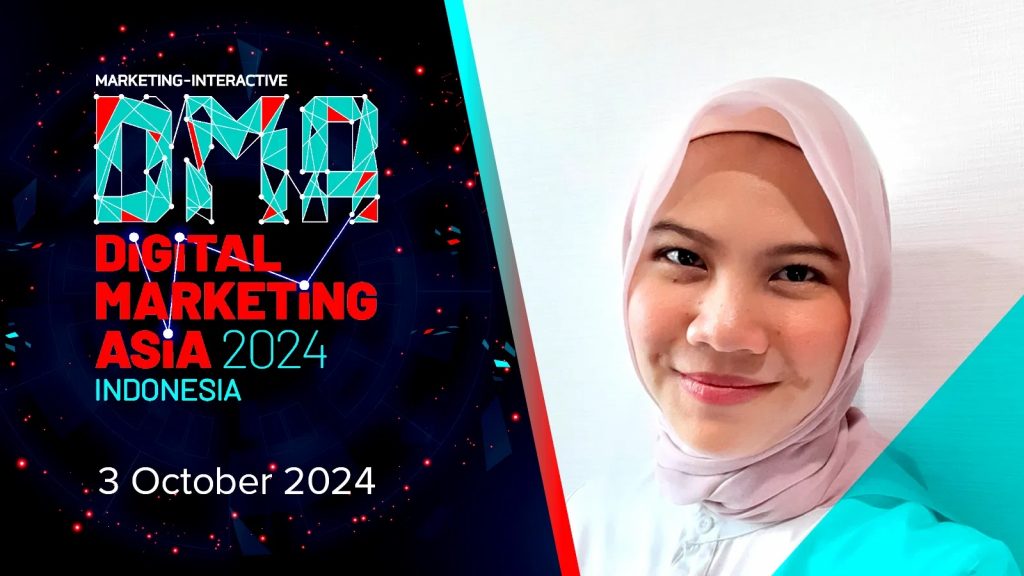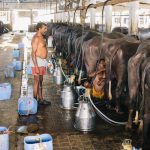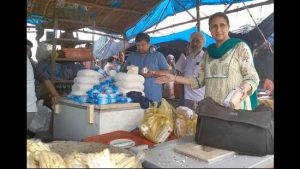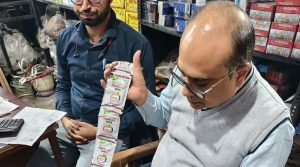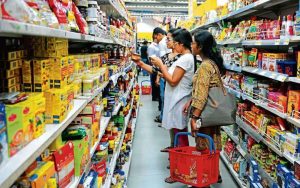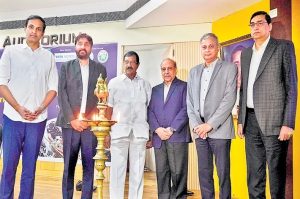
The power of influencer marketing is undeniable, and Asia is experiencing a meteoric rise in influencer marketing spend. This region has been a hotbed of influencer marketing growth as ad spend in the influencer advertising sector is projected to reach USD$693.70 million in 2024 alone. This is part of a larger Creator Economy expected to grow at a CAGR of 11.39% from 2024 to 2028.
The region’s burgeoning digital landscape, coupled with a massive youth population, has created a perfect storm for influencer-driven campaigns. Today, brands of all sizes are well aware of the power of partnering with digital tastemakers to reach and engage consumers in unprecedented ways.
Influencers have cultivated authentic connections with their followers, creating a level of trust and loyalty that is unique and far differentiated to traditional advertising. Discussing this topic at Digital Marketing Asia Indonesia is Riescha Puri Gayatri, marketing director at Fonterra.
With over 13 years of experience in marketing, Gayatri is a seasoned and versatile leader who combines business acumen, brand management, and digital expertise to drive growth and innovation for leading consumer goods companies. In her current role, she formulates and executes marketing strategies across portfolios to maximise profitability, market share, and customer loyalty.
According to Gayatri, beyond just the mega influencers, micro-influencers can also play a crucial role in reaching the right audiences in markets such as Indonesia. Micro-influencers, typically defined as individuals with follower counts ranging from 10,000 to 100,000, are powerful catalysts for marketing campaigns due to several key factors – the first of which is their higher engagement rates as their followers are typically more dedicated and interactive, leading to better interaction and higher-quality engagement. They often have more specialised and targeted audiences. This allows brands to reach specific demographics or interest groups more effectively, ensuring that marketing messages are more relevant and impactful.
Many also perceive micro-influencers to be more relatable and trustworthy. This authenticity can lead to greater trust in the influencer’s recommendations, which translates into higher conversion rates.
Another factor to take note is the cost-effectiveness when it comes to working with micro-influencers. “Collaborating with micro-influencers can be more cost-effective than partnering with mega-influencers as brands can engage multiple micro-influencers for the cost of one mega-influencer, thus diversifying their reach and reducing risk,” she said. Gayatri also highlights that while nano-influencers (typically under 10,000 followers) are up and coming, they may lack the reach.
Sharing more about the “Better with Anchor” Eid campaign by Fonterra Indonesia, Gayatri said that the team worked with micro-influencers known for their baking and family-centric content who opened up on heartwarming stories and personal traditions of baking with Anchor Butter and Anchor Cookies.
The micro-influencers created engaging recipe videos, step-by-step baking guides, and family-oriented baking sessions and the content resonated deeply with their audiences, leading to high engagement rates and fostering a sense of community around Anchor products.
Taking it a step further, 20 nano-influencers, passionate home bakers with under 10,000 followers were then enlisted to participate in a UGC contest, creating and sharing their own Eid baking creations using Anchor products. Followers joined the contest by sharing their Anchor-based treats using the hashtag.
The icing on the cake came in the form of hands-on experiences when the team partnered with five popular cooking schools in major cities, incorporating Anchor products into their Eid-themed baking workshops. These schools held classes where participants used Anchor Butter and Anchor Cookies, sharing their creations and experiences on social media. The workshops provided hands-on, memorable experiences, strengthening brand trust and loyalty.
“By leveraging multiple platforms such as Instagram, YouTube, Facebook, and TikTok, we ensured that our campaign reached a wide and diverse audience,” said Gayatri.
3 tips to consider when working with influencers:
1. Clear communication of brand values and objectives:
It is important for marketers to share a detailed briefing document outlining the brand’s values, key messages, and campaign objectives. While it is important to let content creators explore and do what they do best with the content, initial meetings with influencers are a must to discuss expectations, brand tone, and messaging guidelines.
“Identify core messages that must be included in the content, but let influencers decide how to weave these messages naturally into their narrative,” she said.
2. Collaborative ideation:
Engaging in a collaborative brainstorming session to align on content ideas that resonate with both the brand and the influencer’s audience will ensure that the client and creator are aligned, said Gayatri. She added that personal stories and experiences related to the brand can create more relatable experiences for the audience.
“Remember to allow influencers the creative freedom to interpret the brand message in a way that fits their unique style, ensuring the content feels authentic and not overly scripted,” she said.
3. Clear content guidelines – freedom with framework:
Develop flexible content guidelines that provide structure without being overly prescriptive, allowing the influencer’s voice and style to shine through. Encourage the inclusion of subtle brand elements (such as logos, slogans, or products) in a way that feels natural and organic within the influencer’s content. Establish a content approval process that includes feedback loops, ensuring the final content meets brand standards while retaining the influencer’s authenticity.
You can now read the most important #news on #eDairyNews #Whatsapp channels!!!
🇮🇳 eDairy News ÍNDIA: https://whatsapp.com/channel/0029VaPidCcGpLHImBQk6x1F
